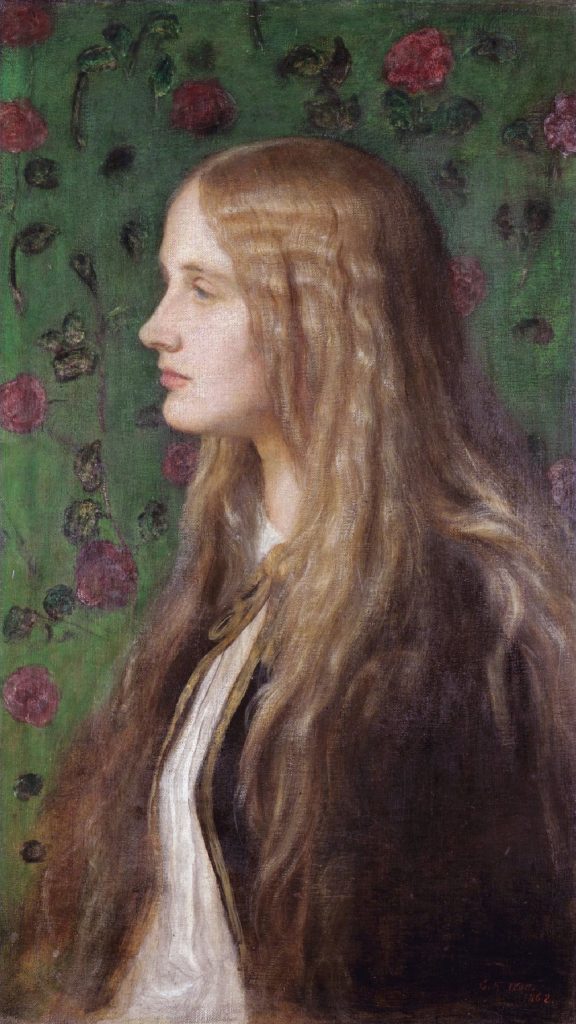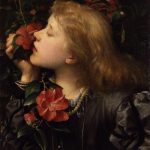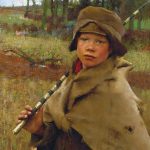
EDITH VILLIERS
George Frederic Watts
23 February 1817 – 1 July 1904
English
Edith Villiers was born on 15 Sep 1841 into the aristocratic Villiers family. She was the daughter of Edward Ernest Villiers (1806–1843) and Elizabeth Charlotte Liddell. She was the granddaughter of George Villiers, and the niece of George Villiers, 4th Earl of Clarendon.
The Pre-Raphaelite portrait of her by George Frederic Watts was painted when she was 21. She was then the only unmarried daughter as her twin sister Elizabeth had married Henry Loch, 1st Baron Loch in 1862. (There is a tale that Henry proposed to the wrong girl by mistake and then refused to admit it.)
Edith was living with her widowed mother at the home of her uncle, the Earl of Clarendon. She had been trained in dancing, music and art, but she had not received a structured education.
Edith Villiers Gets Married
Villiers married Robert Bulwer-Lytton (later 1st Earl of Lytton) on 4 October 1864. She brought her new husband an income of £6,000 per year. Robert, an aspiring diplomat, had been relatively poor for a member of the British upper classes, although his father Edward Bulwer-Lytton was a well-known writer and was raised to the peerage in 1866.
His father controlled his son and it was his choice that made his son a diplomat. His father had broken up a match between Robert and a Dutch girl and he was not keen on the marriage to Edith.
Robert had to explain his father’s character to Edith and for the first year of their marriage he refused to speak to her. Eventually however he warmed to the marriage.
Edith accompanied her husband during his diplomatic career, and several of their children were born abroad.
“Edith Villiers” Source: Wikipedia.





